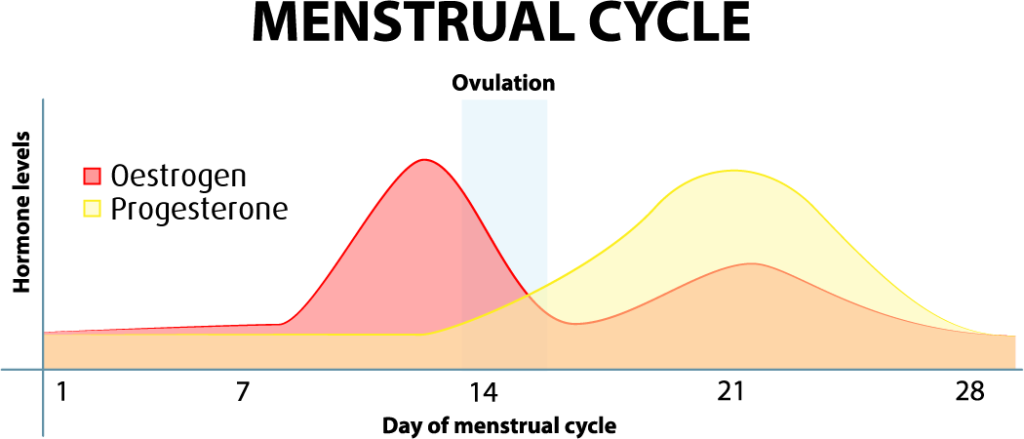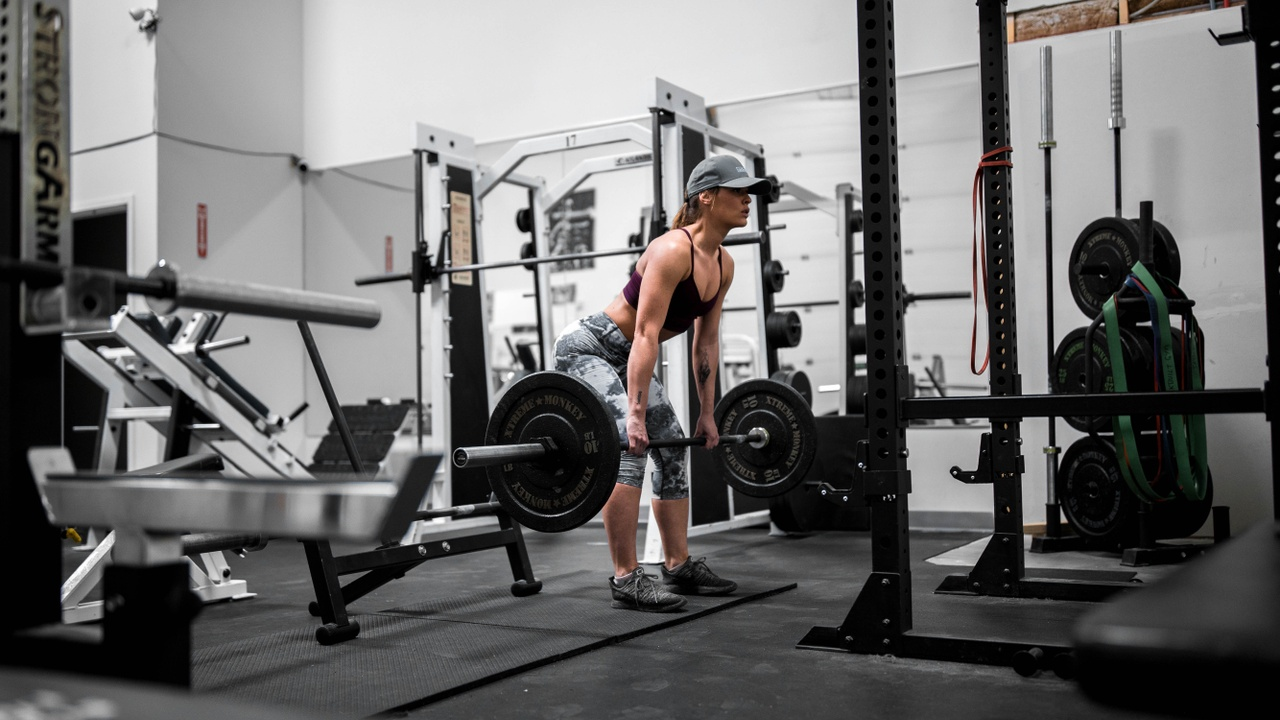Common reasons for many women rescheduling training sessions are due to period pains and symptoms, which can be experienced at different times throughout the menstrual cycle. You may experience negative changes such as bloating, headaches, low motivation, sugar cravings and mood swings. Although these symptoms may be mild for most people, there are others whose lives are significantly affected and dictated by their period.
For those who are on the journey towards a healthier lifestyle, these symptoms can have an impact on your progress and limit your potential to achieve benefits of exercise. As a personal trainer, it is very common to have training sessions rescheduled for the week or two, and hear that a sugar binge and lack of activity was had during that time off. However, did you know that exercising during your period is much better than you think and has been found to alleviate symptoms?
“What? That’s crazy!” But it’s true! So what can you do to make your exercise experience better and get the most our of your exercise routine? First, let’s get to know the menstrual cycle.
The Menstrual Cycle is governed by hormonal changes occurring within the body that can affect the body both physically and mentally, and influence your performance during activities such as exercise.
The two hormones responsible for these changes are oestrogen and progesterone.
a) Oestrogen: Produced by both genders but has a bigger role in females. It is a hormone responsible for the development and regulation of the female reproductive system. It can affect how your skin looks, bone strength, and protection against heart disease. Levels usually decline after menopause.
b) Progesterone: Plays an important role in maintaining the early stages pregnancy and regulating the monthly menstrual cycle. High levels can cause breast tenderness, bloating and mood swings.

Day 1-12: Follicular Phase
Hormones: Oestrogen and progesterone levels are at their lowest, with oestrogen peaking towards the end of the phase.
Metabolism: Glucose becomes more readily available as an energy source for short-duration exercises. You are burning fuel more efficiently and recovering from your workouts a lot faster.
Suggested exercises: Take advantage during this time and really push yourself to the limit with the most demanding exercises, adding extra reps or opting for the heavier weights. It’s the best time to hit a new PB!
Suggested food intake: Load up on healthy carbs (e.g. sweet potato, brown rice) to counteract the reduced muscle glycogen stores in the next 2 phases.
Day 13-15: Ovulatory Phase
Hormones: There is a crossover between the two hormones as oestrogen levels begin to drop, while progesterone levels begin to increase.
Metabolism: Your body relies less on muscle glycogen during exercise and instead, favours fatty acids as its source of energy.
Suggested exercises: Keep up the high intensity and heavy strength exercise, with some endurance activities (e.g. running, swimming, circuit training) to burn the readily available fat stores.
Suggested food intake: Start the transition to a higher protein diet and include low GI foods to regulate energy levels.
Day 15-28: Luteal Phase
Hormones: Oestrogen levels fluctuate at low to mid levels during this period, as progesterone levels peak around day 20 before reducing to baseline level.
Metabolism: During this phase, there is higher energy expenditure and a compensation of eating more. Glucose levels within the body are reduced, leading to a higher utilization of your fat stores. As a result, you will feel like you have less energy, be a little more moody than usual and even overheated at times.
Suggested exercises: Concentrating on endurance-focused exercises can make training easier to bear and help improve fluid retention and bloating. Plus, exercise releases endorphins – hormones that trigger a euphoric feeling in the body, while also reducing the perception of pain and anxiety. Exercises can include:
- Running/jogging, swimming, biking
- Yoga, Pilates
- Strength training with light weights and high repetitions
- Bodyweight training
- Circuit Training
Suggested food intake: Again, eating high-protein and low GI foods are best for maintaining energy levels throughout the day, especially after a training session. Make sure to also keep your electrolyte fluids up due to the overheating effect of the hormones.
As every body is different, so are menstrual cycles. They can be easier for some, yet a difficult and emotional experience for others. Taking into consideration what you now know about the menstrual cycle and how to exercise accordingly, communicate with your trainer and more importantly, listen to your body.
READY TO IMPLEMENT A WELLBEING PROGRAM WITH TANGIBLE BENEFITS FOR EVERYONE INVOLVED?
References:
1. Constantini, N.W., Dubnov, G., Lebrun, C.M. (2005). The menstrual cycle and sport performance. Clinics in Sports Medicine; 24(2), e51–e82.
2. Daley A. (2009). The role of exercise in the treatment of menstrual disorders: the evidence. The British journal of general practice: the journal of the Royal College of General Practitioners, 59(561), 241-2.
3. D’Eon, T. M., Sharoff, C., Chipkin, S. R., Grow, D., Ruby, B. C., & Braun, B. (2002). Regulation of exercise carbohydrate metabolism by estrogen and progesterone in women. American Journal of Physiology – Endocrinology and Metabolism, 283(5), E1046-E1055.
4. Draper, C. F., Duisters, K., Weger, B., Chakrabarti, A., Harms, A. C., Brennan, L., Hankemeier, T., Goulet, L., Konz, T., Martin, F. P., Moco, S., … van der Greef, J. (2018). Menstrual cycle rhythmicity: metabolic patterns in healthy women. Scientific reports, 8(1), 14568.
5. Oosthuyse, T. & Bosch, A.N. (2010). The effect of the menstrual cycle on exercise metabolism. Sports Med, 40(3), 207-227.
6. Samadi, Z., Taghian, F., & Valiani, M. (2013). The effects of 8 weeks of regular aerobic exercise on the symptoms of premenstrual syndrome in non-athlete girls. Iranian Journal of Nursing and Midwifery Research, 18(1), 14-9.





